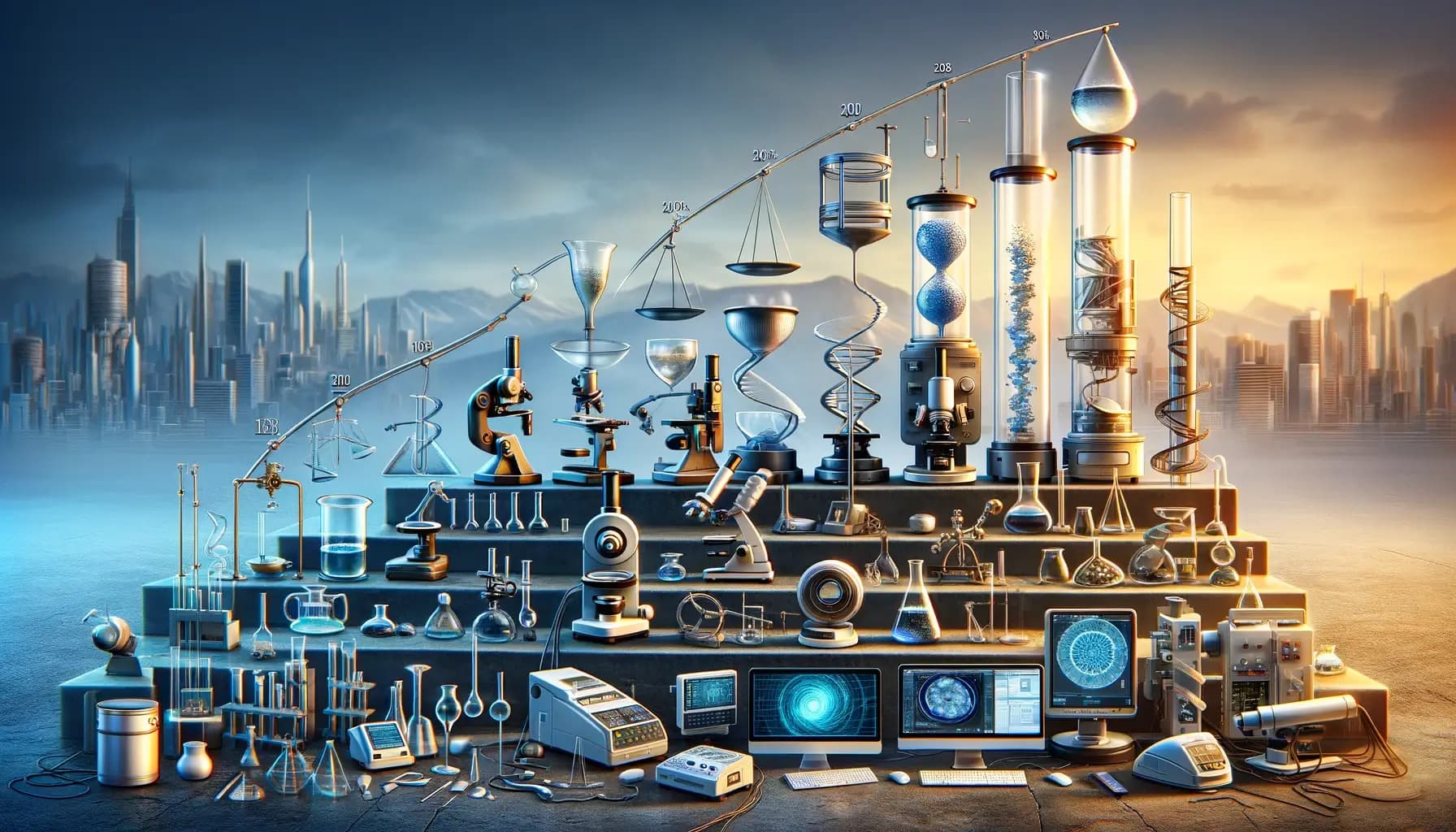Learn about the evolution of laboratory equipment from the primitive stage to modern-day technology. This post explores how developments in technology have changed the field of scientific research, analyzing some examples to see what kind of an impact they have had on efficiency, accuracy and safety.
Introduction
The development of laboratory equipment is a unique story, which charts the history of human pursuit in scientific endeavors. This article surveys the humble tools of research that helped our early scientists to unravel engrams, and touches on how today's new high-tech instruments have helped us arrive at where we are now in understanding the scientific world.
Ancient and medieval instruments were in fact very basic pieces of scientific equipment. Manually operated balances and optical instruments such as the first microscopes and telescopes, as well as essential glassware, brought before humanity hitherto unknown worlds. These were simple tools used in early experimentation, but they have laid the foundations for current inventions.
Technological Revolution
But with electronic and automated equipment, the 20th century is a new turning point. Scientists were able to measure and observe with unprecedented precision. The invention of new instruments such as the electron microscope and spectrophotometers helped them in their quests. Material science and engineering developed quickly, greatly broadening the horizons of science. This was an era for all mankind.
Modern Laboratory Equipment
High-tech labs are a fundamental of contemporary research. Experimental procedures have been simplified with the advent of automated systems, digital imaging and computerized data analysis. State-of-the art electronic instruments, including PCR machines and state-of - the art chromatography systems and real0time monitoring devices have allowed research to become more efficient, accurate and comprehensive.
Impact on Research and Education
The recent development of laboratory facilities has undergone a remarkable change both in research and teaching. They can accomplish complex experiments at a faster pace and thus speed up the advances of science. In the educational environment, these give students direct exposure to advanced kinds of tools, which prepares them more effectively for future scientific endeavors.
Future Prospects
The future of laboratory equipment is also toward further integration with artificial intelligence and high-end computer technology. They hope to create tools that are more creative, more versatile and with greater flexibility capable of tackling many different kinds of research demands; even finer indexes should be produced as well as opening up new realms in methodology.
The history of laboratory equipment-from the tools of yesteryear to instruments of today-has been through. Put simply, man has followed nature's mysteries and ventured into exploration. This development not only shows an advance in technology, but also a continuously increasing desire to learn.




